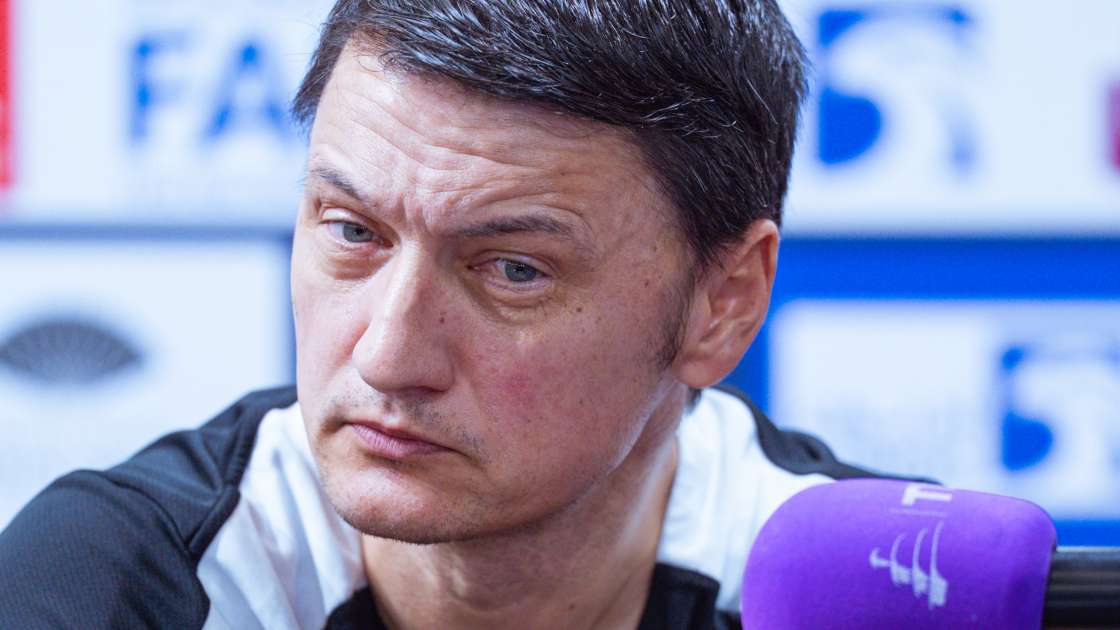Riyadh Showdown: Swiatek Hunts aFlawless Start as Anisimova Chases a Spark in the 2025 WTA Finals
1 November 2025

Event backdrop
The women’s year‑end championships return to Riyadh for a second consecutive edition, running from November 1 to 8, 2025. The 54th edition of the singles event will crown the season’s standout performer as eight players converge to contest the prize and prestige that accompany the year’s final major of the season.
Format and participants
The eight players are divided into two groups named after tennis legends: Steffi Graf and Serena Williams. In Graf, Aryna Sabalenka, Coco Gauff, Jessica Pegula, and Jasmine Paolini compete, while in the Serena Williams group, Iga Swiatek, Amanda Anisimova, Elena Rybakina, and Madison Keys face off. The group stage unfolds over the opening days, followed by semifinals and the final, with every match carrying a belt‑high mix of pressure and pride.
Swiatek, the world No. 2, headlines the event with a blend of experience and relentless consistency in big-stage finales. Keys, the No. 7 seed, arrives seeking to translate late-season momentum into a deep run. Anisimova has surged to the top ranks with two 1,000‑point titles this year in Doha and Beijing and two Grand Slam finals, lifting her into the world’s top five as she chases further impact in Riyadh. Rybakina stacks form and weaponry—her recent run included wins that featured opponents from the top ten, plus a Ningbo title—yet a back‑related injury withdrawal at the Japan Open looms as a potential niggle to monitor.
Another notable storyline is the clash history and strategic contrasts between the two groups’ members, with the Graf quartet and the Serena Williams quartet delivering contrasting styles, experience, and momentum heading into the opening round.
Swiatek (2) vs Keys (7)
The head‑to‑head balance tilts in Swiatek’s favor on hard courts (5‑2 in prior confrontations), and the Pole brings a seasoned record in year‑end finals. This marks her fifth consecutive appearance at the year‑end championships, a benchmark rarely achieved since Victoria Azarenka twelve years earlier. She arrived in Riyadh after a demanding Asian swing and looks well prepared to translate that workload into sharp starts and sustained depth. Keys, by contrast, has not played in more than two months, leaving questions about timing and rhythm as the opening clash looms. A recent Madrid Open quarterfinal provided a frame of reference, where Keys mounted a stunning comeback to topple Swiatek 5‑7, 6‑1, 7‑6, underscoring the drama both players can unleash when the stakes rise.
Swiatek’s approach has been described as efficient and relentless, a combination that lets her maintain pressure across an extended schedule. Even as she acknowledges the intensity of the circuit, she stresses that there remains room for improvement—a healthy reminder that even champions keep evolving, a mindset that will be tested in Riyadh’s high‑level environment.
Amid the spotlight on Swiatek, Anisimova’s rise continues to fascinate: two 1,000‑point titles this season, deep runs at Grand Slams, and a quick ascent into the top five have framed her as one of the most watched players in the field. Her ability to reset after tough moments and bounce back with clarity has become a hallmark of her season, and Riyadh offers another proving ground for that mental clarity.
Rybakina enters with momentum and a tested game that translates well to the varied surfaces and pace of the WTA Finals. The momentum, however, is tempered by a recent back issue that caused her to withdraw from a semifinal in Japan. Her fitness and resistance will be closely watched in the opening days as she navigates a demanding schedule and high‑end competition.
Madrid’s standout result for Keys and Anisimova’s ongoing momentum create an intriguing sub‑plot for the group stage: the blend of comeback potential against high‑confidence form, all within a format that rewards consistency and match management over sheer shotmaking alone. Riyadh’s run promises long, strategic rallies, smart ball placement, and the occasional serve that can tilt momentum in a heartbeat.

As the rounds unfold, the stage will be set for a final that could redefine the year’s closing act. Whether it’s a routine win or a dramatic late‑match comeback, the scripts often write themselves when eight of the world’s best collide under a single roof and the clock ticks toward the decisive moments that decide careers and legacies.
In Riyadh, the desert’s heat will test endurance, the ball will test precision, and the players will test whether their momentum can translate into trophies. The narrative line is rich, and the tennis promises a blend of technical brilliance, strategic acumen, and moments that could linger long after the last point is played.
Punchlines coming up: if this tournament were a dating app, Swiatek would be “swipe right” every time—consistently charming. And if tennis were a desert survival show, the only thing hotter than the weather might be the serves coming from the top guns in this field.



